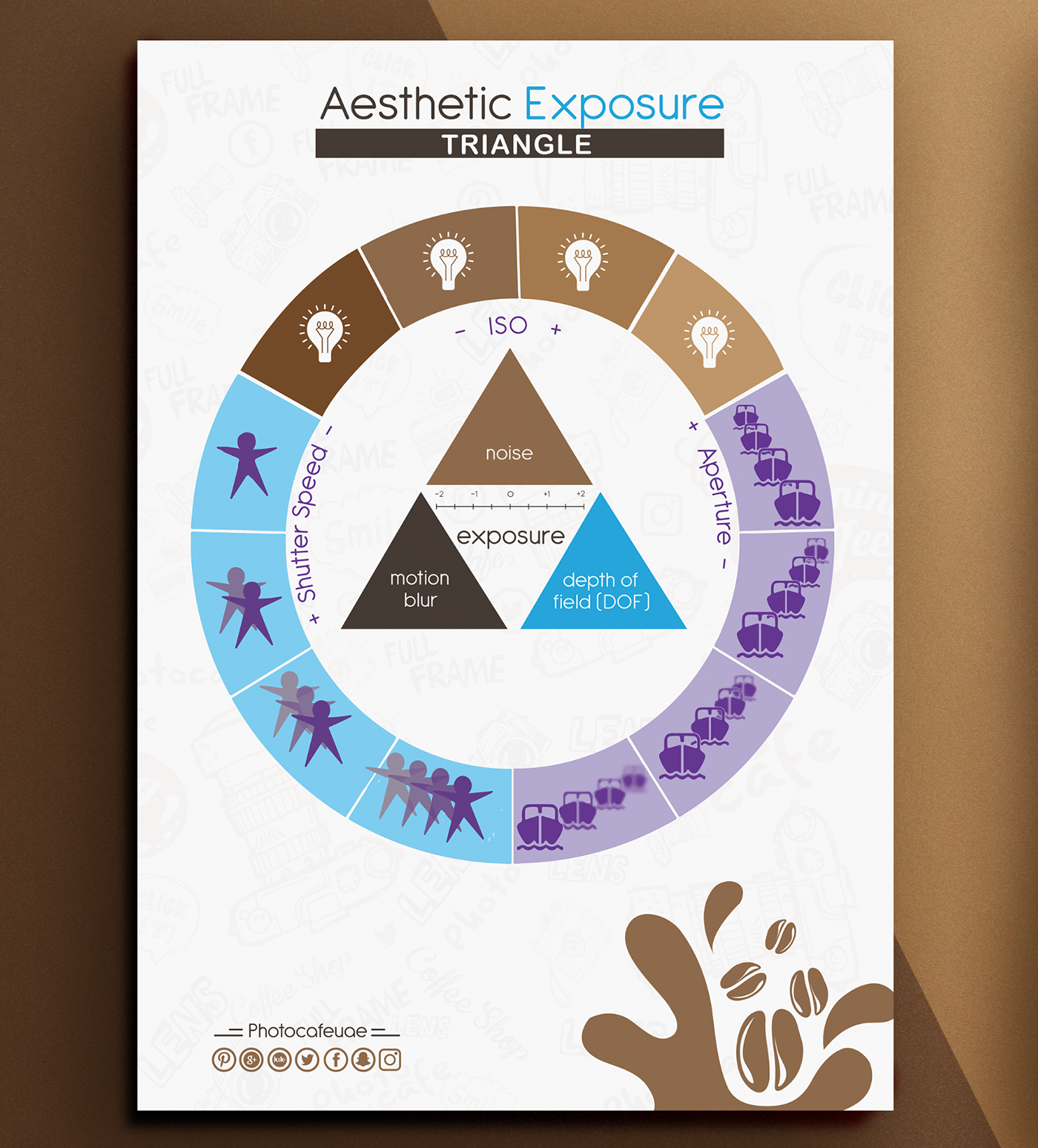The Value Of Illumination In Photography And Just How To Master It
The Value Of Illumination In Photography And Just How To Master It
Blog Article
Material Author-Staal Foss
When you pick up your camera, you could not understand how pivotal lighting is in forming your pictures. It can change an average scene into something amazing, impacting not simply the clearness however likewise the state of mind of your photographs. Recognizing the complexities of light-- its direction, high quality, and color-- can raise your job to new elevations. But how do you understand these components efficiently? Discovering different illumination techniques and explore different arrangements could be the secret to opening your full possibility as a digital photographer. Allow's explore what makes light not simply necessary, yet crucial.
The Role of Light in Digital photography
Light's impact on photography can't be overstated; it forms the mood, highlights information, and creates deepness in your photos. When you get your video camera, think of exactly how light interacts with your subject. The direction and top quality of light can either improve or reduce the components you wish to capture.
As an example, soft, diffused light can create a wonderful environment, while harsh, direct light can generate stark contrasts and sharp shadows.
As you experiment, observe exactly how different times of day impact your shots. Outdoor portrait near me and late afternoon frequently supply the most flattering light, known as the "gold hour." This cozy light can create spectacular impacts that draw visitors in.
On the other hand, shooting at midday can lead to unflattering darkness, so keep that in mind.
Furthermore, consider the shade of light. All-natural light varies throughout the day, and artificial lights can introduce different tones to your scenes.
Changing your white balance can help you accomplish the desired effect. Ultimately, recognizing the duty of light will change your photography, enabling you to inform stories and stimulate emotions with every photo you record.
Kinds Of Illumination Techniques
Commonly, photographers count on numerous lighting methods to achieve their wanted effects and boost their pictures. Comprehending these techniques allows you to control light creatively, making a substantial difference in your photography.
One preferred strategy is natural lights, where you utilize sunlight to illuminate your topic. This technique can create soft, lovely darkness and highlights, especially during the golden hour-- shortly after sunup or prior to sundown.
Another strategy is using synthetic illumination, that includes studio lights, speedlights, or LED panels. https://blogfreely.net/german1luann/digital-photographers-usually-ignore-essential-basics-that-can-impede-their can manage the intensity and direction of the light, allowing for much more specific outcomes.
Backlighting is one more reliable approach; putting the light source behind your topic can produce a striking silhouette or highlight edges, including deepness to your pictures.
You may additionally explore high-key and low-key illumination designs. High-key lighting creates intense, uniformly lit photos with minimal darkness, while subtle illumination emphasizes contrast and drama with deep shadows.
Each technique has its toughness, and trying out them will aid you find your unique style.
Tips for Learning Lights
Grasping illumination can really change your photography, so it's important to get an understanding on some practical tips.
Initially, constantly take notice of the instructions of light. Light originating from the side can create depth, while front lighting has a tendency to flatten your topic. Explore backlighting for dramatic shapes or to highlight structures.
Next, consider the quality of light. Soft, diffused light is often a lot more flattering, especially for portraits. You can achieve this by capturing throughout golden hour or using reflectors and diffusers to soften extreme sunshine.
Don't underestimate the power of darkness! They can add intrigue and dimension to your pictures. Attempt placing your topic in a manner that enables shadows to improve the make-up.
Also, readjust your cam setups appropriately. Make use of a wider aperture for more light in low conditions, yet be mindful of depth of area.
Ultimately, method makes ideal. Take your cam out in numerous lighting conditions and experiment. The more you play with light, the much better you'll understand exactly how to use it to your benefit.
Master these tips, and you'll elevate your digital photography to new elevations!
Final thought
Mastering illumination is essential for raising your digital photography. By recognizing exactly how light affects your photos, you can create stunning structures that communicate state of mind and depth. Explore different methods and problems, and don't shy away from making use of devices like reflectors and diffusers to improve your shots. With technique and a readiness to discover, you'll discover that adjusting light comes to be acquired behavior, allowing your imagination to radiate through in every photograph you take.
